Cooking with Fresh Herbs
Cooking with fresh herbs is one of the ingredients I love bringing to my cooking. Fresh herbs bring so much flavor to dishes you love and consume almost daily.
Most of us are thrilled by the change of weather and have started a home garden. Indoor garden or container garden filled with herbs that we can use later on.
You may have heard that fresh is best, but if you don’t have a lot of experience with herbs then you’ll probably have a few questions.
Which herbs pair with which types of food? How much should I use? When do I add them to the cooking process? What should I do with the leftovers?
Although there are a few occasions when using dried herbs is recommended, cooking with fresh herbs seems to be the preference for many chefs and even home cooks. They’re flavorful, make beautiful garnishes and most importantly, they’re packed with valuable nutrients and antioxidants.
With a few tips and tricks you can maximize your use of fresh herbs to transform every meal into something special.
Fresh Vs. Dried
Choosing between fresh or dried herbs is a matter of preference. Some chefs advise against using fresh when cooking a dish that needs to simmer longer than 45 minutes. Dried herbs pack a stronger, more condensed flavor, so if you’re substituting dried herbs in the place of fresh, then you’ll need to cut the amount in half.
Dried herbs do have a few pitfalls, however. They will eventually lose their flavor over time and should be replaced at least once a year. There is also evidence that suggests a substantial amount of nutrients are lost in the drying process.
Although fresh herbs tend to have a softer flavor, subtlety when cooking is not necessarily a bad thing. Most chefs strive for a well balanced blend of flavors so that a particular ingredient does not dominate the dish.
Growing Your Own
Growing your own herbs gives you certain advantages over buying them from the market. Cutting sprigs moments before use ensures maximum flavor and nutrition, and you waste less since you’re only cutting what you need.
What To Look For When Buying
If you have to purchase your herbs from a grocery store, try to pick them up as close to your cooking time as possible. Look for bunches with vibrant color and aroma. Herbs packed in plastic should be pried open for a sniff test. If you can’t smell them then chances are you won’t be able to taste them.
Avoid limp and soggy bundles with any discoloration in the form of black spots or general yellowing. Grocery stores often overspray their produce to give the illusion of freshness, when in fact, excessive watering encourages rot.
Brightening your Meals with Fresh Herbs
Summer is here and it’s time to fire up the grill and load up on picnic-basket favorites. But a good cook will tell you it’s also the best time to shelve that old jar of dried seasoning. Why? Fresh herbs such as basil, cilantro and thyme are at their peak freshness.
Herbs are an easy way to add life to dull dishes. As such, they’re the secret weapon for many professional cooks. These tasty little plants add vitality to every bite. Toss some basil into a caprese salad or garnish tacos with fresh cilantro and your family and friends may think you spent hours cooking.
Grab these great tips for growing herbs at home. Plus, here are some of my favorite fresh herbs to use year round. Some of which I grow in my own garden.
8 Fresh Herbs to Cook With
Basil
One of the more popular herbs in the United States, basil has many varieties. Perhaps the most common are sweet (Italian) basil and Thai purple basil. Both are floral and clove-like, with powerful sweetness and a hint of pepper. Although most commonly associated with Mediterranean cooking, basil is a fragrant companion to Asian and Indian foods and adds a refreshing balance to spicier dishes.
For maximum flavor and to prevent browning, add basil at the end of cooking. Remove the leaves and discard the stems, as the leaves hold the most flavor. Basil is a delightful accompaniment to summer tomatoes, grilled chicken, curry and mozzarella cheese.
Cilantro
Otherwise known as the coriander leaf, cilantro is bright and refreshing with a zesty lemon flavor. Some find it “soapy,” (there’s a scientific reason why!) and American consumers are pretty well divided on whether they love or hate it. The herb is a staple in Latin American and Asian cooking.
Like most herbs, cilantro can be eaten raw or cooked, and it has the ability to bring the dullest sauces to life with its invigorating flavor profile. See for yourself with this herb-packed recipe for Enchilada Sauce or one of our other favorite cilantro recipes.
Parsley
Parsley is perhaps the most versatile and popular herb in the world. It has a subtle flavor that adds freshness and bite. Although the leaves hold the most flavor, the stems can be equally potent.
Use it to garnish a soup or toss with summer greens for a crisp salad. It also makes easy seasoning for stocks. For a quick parsley-studded brunch dish, try this Cheese and Fresh Herb Quiche. Parsley pairs perfectly with lemon, butter, pasta and eggs. Find out what else you can do with parsley.
Mint
This cool, bright herb has a similar flavor profile to basil. Though it’s most commonly associated with desserts, mint is a key player in savory dishes, such as this flavor-boosted shrimp and feta skillet.
For a more traditional approach, use mint to garnish a fresh fruit arrangement or toss it into fresh lemonade. For a fast and refreshing summer side, try this Minty Watermelon and Cucumber Salad. Get all of our best fresh mint recipes to help you use up that bumper crop.
Rosemary
Tough and woody, rosemary is a pungent herbal stalk that pairs best with full-flavored and robust meats. The leaves can be used fresh or dried.
Rosemary’s pine-like flavor lends itself to hearty meals like lamb chops, pork tenderloin and roasted potatoes. But don’t let the hearty pairings fool you; rosemary is just as tasty with light summer fare.
Thyme
A staple in French cooking and a key ingredient in herbes de Provence, thyme is a pungent herb with a thin woody stem and tiny leaves. The leaves are aromatic and floral with a strong but understated taste. For best results, strip the leaves from the stems (like rosemary) and chop before use.
Thyme is a classic addition to roast chicken but can also be used in breads, desserts, cocktails and so much more.
Dill
A bouquet of wispy, fragrant fronds, Dill weed is a tangy herb most commonly associated with Scandinavian and German cooking. Its delicate strands boast a strong flavor of clean, fresh earthiness.
It’s ideal for poultry and a complement to lemon, yogurt and seafood. Be sure to sneak fresh dill into your next chicken soup or salad.
Chives
Often confused for green grass, chives are a garlicky relative of the onion. They have a bold yet refined flavor, making them one of the most versatile ingredients in a cook’s arsenal. What’s more, the whole plant is edible-including the bright purple flowers that sprout in spring.
Use chives as a garnish for a simple omelet or as a main ingredient in potato salad.
How to Store Fresh Herbs
After purchasing a bunch of fresh herbs, wash and dry them thoroughly to remove any sand or dirt. Wrap the stems in a damp paper towel and place in a Ziploc bag. The moisture from the paper towel will preserve the freshness and lifespan of these finicky little leaves for an extra few days.
How To Wash Fresh Herbs
Not having to wash your herbs is another benefit of growing your own. Water will quicken their demise, so if you can, skip this step. Only wash your herbs if you’re going to use them immediately, otherwise store them in your fridge unwashed.
Fill a bowl with cold water and place your herbs inside. Gently move them around the water to remove any dirt. If there is a significant amount of sediment at the bottom of the bowl, dump your water and give the herbs another rinse. Gently pat them dry using a paper towel or give them a whirl in a salad spinner.
How To Chop Fresh Herbs
A really sharp knife is a worthwhile investment and makes preparing food a more enjoyable experience. Whether you’re throwing your herbs into a food processor or you’re chopping them by hand, ensure that the blade you are using is sharpened. A dull blade will bruise your herbs, changing the color of your leaves from a vibrant green to a dull black. Scissors can also be used if you’re not concerned about achieving small, uniform pieces .
To maximize the flavor of your herbs you’ll want to chop them as finely as possible. The finer you chop your herbs, the more oils released and the more fragrant the herb will become. Delicate herbs like parsley and cilantro should be chopped right before use as they will lose their aroma quickly. It’s often recommended to add these more delicate herbs after you’ve taken your dish off the heat or right before serving.
When To Add Fresh Herbs
When to add fresh herbs to your cooking depends not only on the herb but also on the sort of flavor you’re trying to achieve. Robust herbs like rosemary, thyme and savory can be used in longer simmering dishes. Gently bruise the leaves with your fingers before dropping them in to release more oils and increase flavor.
Adding herbs at the beginning of your cooking will create a subtle background note. If at the end you find you want to punch up the flavor, just add a bit more for reinforcement. Remember, you don’t want any one flavor to stand out too much.
If you keep the leaves on their stem they will be easier to remove later. Using an herb sachet, also known as a bouquet garni, is another option that will keep you from losing your herbs in a sauce or broth.This also allows you to control the flavor if you find the herbs are becoming overpowering.
What to do With Leftovers Herbs
Because fresh herbs don’t have a long shelf life after they’ve been cut, it’s a good idea to use them all as soon as possible. Knowing what types of herbs pair with which types of foods will allow you to be flexible and creative in the kitchen. You could also infuse oils with your leftover herbs or add them to cocktails. The possibilities are endless!
Have you enjoyed learning everything you need to know about buying, preparing, storing and cooking with herbs? Tell me what’s your favorite herb to cook with or enjoy in your meals? Maybe it is basil in a margarita pizza!

Hi there! I’m Wanda – the creator and author at My Sweet Zepol a healthy food, travel, and lifestyle blog. Passionate about food photography, food styling, entertaining and advocate about creating memories around the kitchen table. With a mission to create easy-to-make meals for the busy family.
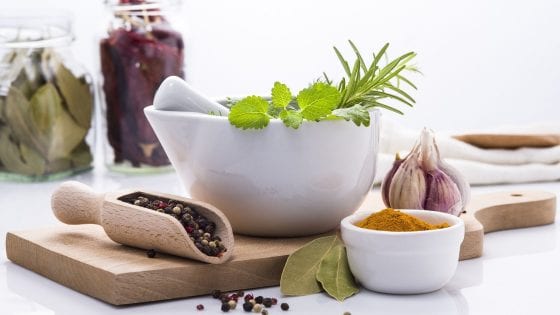
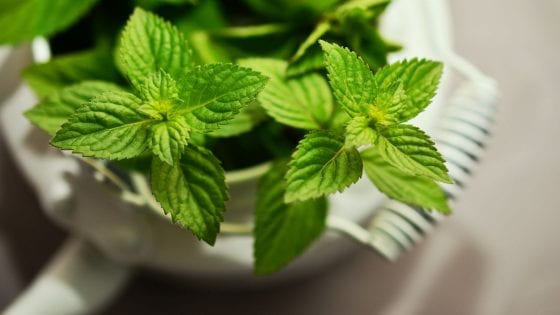
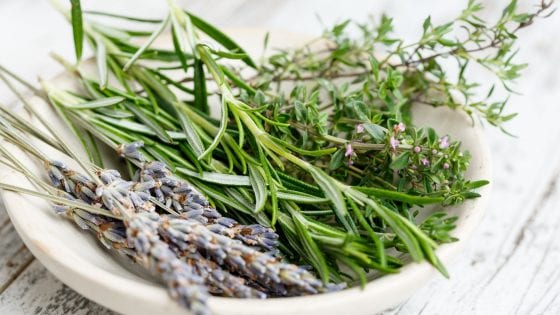
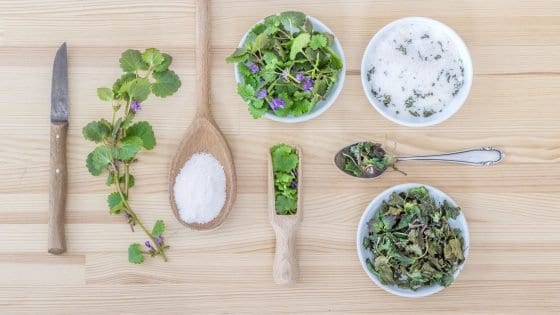
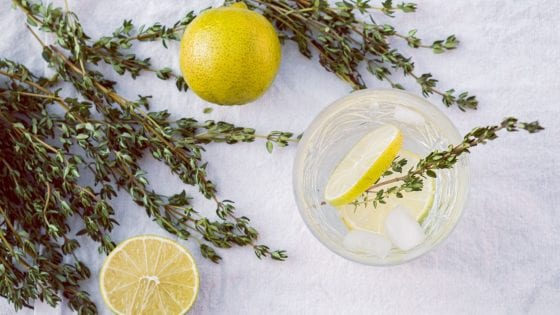
I am growing herbs in my garden this year. These tips are very useful for me.
I’m so glad this can help you! I have found them to be very useful.
Herbs and spices are my favorites. I am so open to learn about different herbs to incorporate them into my cooking.
I love hearing this! Herbs can make a huge difference in a meal.
I love cooking with fresh herbs! It really does add some extra flavor to the dishes!
It truly does!